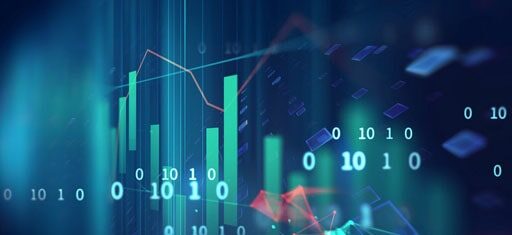Data Analysis and Effective Data Analysis Methods

Data analysis, in basic terms; can be defined as the process of collecting raw data and turning it into meaningful and useful information using statistical methods. Data analysis is used in making critical decisions of businesses such as growth, downsizing, and determining marketing strategies.
Nowadays, the amount and variety of data used for analysis has increased, and various methods and applications have been developed to analyze large amounts of data. As GTech, in this article, we have answered the questions about data analysis.
Why Is Data Analysis Necessary?
When data analysis is done with the right data and methods, it can prevent many mistakes that can be made in the strategic and critical decisions of companies. Many sectors such as banking, finance, retail and health also use data analysis to measure and increase customer satisfaction.
Data Analysis Process
Although there are some additional steps according to the sectors or companies, there are 5 basic steps used in the data analysis process. These steps are;
• Setting Goals: The data to be obtained during data analysis should be determined in advance and the analysis should be planned to reveal these data. While setting goals, data can be divided into different classes such as age, gender, and income level.
• Data collecting: Collecting as many data as possible from different sources and types will pave the way for data analysis to produce more accurate results. Although different methods are used to collect data today, computers, social media and blogs, forum sites, mobile applications and websites are among the most frequently used.
• Data Cleaning: Planned action should be taken to eliminate those that are not suitable for analysis and to prevent misleading results.
• Working with the Data Analysis Team: Since data analysis is a specialist job alone, it should not be considered as an additional task by anyone working in the business; Process management should be carried out by people specialized in data analysis.
• Repetition and Optimization: The processes in the data analysis process should be repeated as many times as possible, the consistency of the data should be monitored and the most accurate results should be achieved.
Data Analysis Methods
- Descriptive Analysis: It is the simplest and most easily understandable type of data analysis. It enables quick and easy results such as “Age range” and “Quantity” from the data used for analysis.
- Discovery Analysis: Discovery analysis is used to understand the direct or indirect relationships between the data used in the analysis process.
- Inferential Analysis: Inferential analysis is used to make comments or make decisions about larger amounts of data using small amounts of data.
- Prediction Analysis: Prediction analysis is used to comment on another group or event using data from a group or event.
As the amount of data to be analyzed increases, the necessity of expertise and correct application arises for the processing and interpretation of this data. Data analysis processes performed by experts and using data analysis applications save time and are necessary to reach the most accurate results.
As GTech, with our Big Data and Advanced Analytics services, we provide the support organizations need in matters such as data storage, processing and analysis.
For more detailed information about GTech’s products and services, please visit our website.
